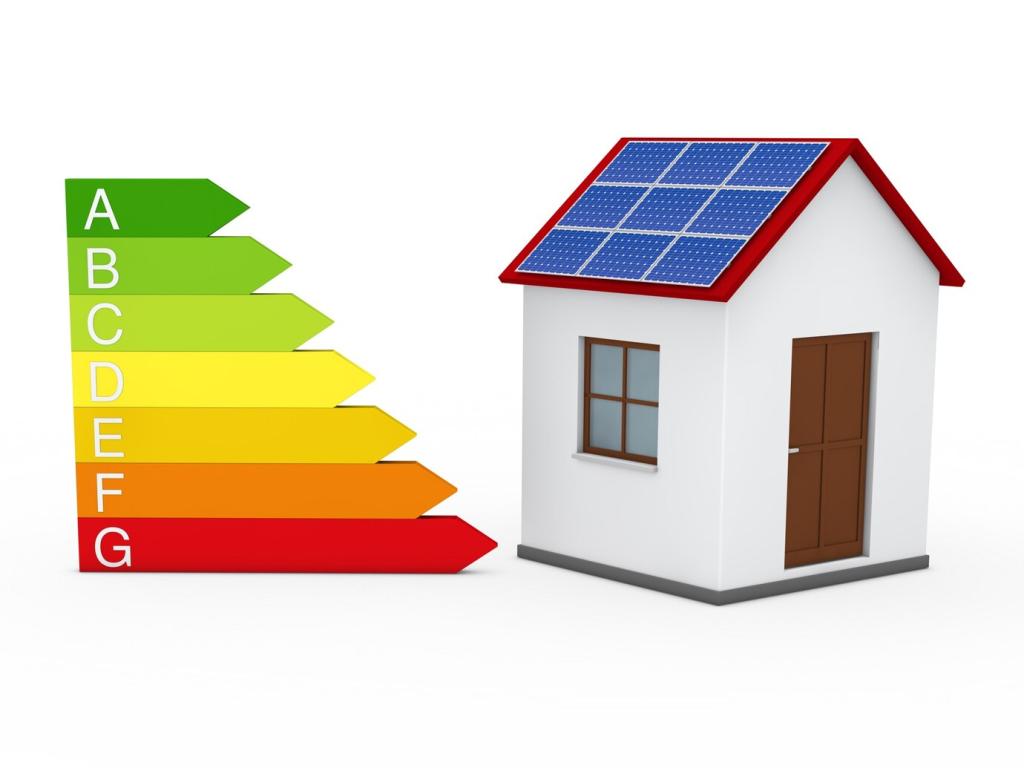
Understanding Energy Star Ratings: Your Friendly Guide to Smarter Efficiency
Today’s chosen theme is Understanding Energy Star Ratings. Explore what the blue label really means, how it’s awarded, and how it can help you cut energy bills without sacrificing comfort or performance at home.
What ENERGY STAR Really Means
A trusted program with real roots
ENERGY STAR launched in 1992 by the U.S. Environmental Protection Agency and later partnered with the Department of Energy on categories. Its label signals products that meet rigorous, verified efficiency guidelines, translating into measurable savings and reduced emissions.
Why the blue label matters
The label isn’t just a badge; it represents third-party verified performance. Products meeting ENERGY STAR criteria often use 10% to 50% less energy than standard models, helping families lower utility bills and communities cut peak demand and pollution.
How the standards are kept honest
Specifications are regularly updated to reflect technology advances, while testing occurs in certified labs. Ongoing verification and occasional off-the-shelf audits help ensure what you see on the label consistently matches real-world performance in your home.

Category-specific performance criteria
Each product category, from refrigerators to heat pumps and light bulbs, has tailored requirements balancing efficiency, features, and performance. Criteria avoid pushing extreme trade-offs, so efficiency never comes at the cost of reliability or everyday usability.

Certified labs and standardized tests
Manufacturers submit units for standardized tests in accredited laboratories under controlled conditions. Results determine eligibility, while standardized procedures make comparisons meaningful, helping you trust that similar labels reflect comparable, apples-to-apples performance data.

Verification after launch
Beyond initial certification, ENERGY STAR conducts market surveillance and random verification tests. This protects consumers from misleading claims and encourages manufacturers to maintain high quality across production runs, not just in one lab-tested prototype.
Decoding Ratings and Metrics
Air conditioners and heat pumps often display SEER, EER, and HSPF. Higher values generally mean greater efficiency. Consider your climate: SEER favors seasonal performance, EER favors peak conditions, and HSPF measures heating efficiency over an entire heating season.

Real-World Savings and Stories
One reader swapped a 15-year-old refrigerator for an ENERGY STAR model and saw bills drop within two cycles. The quieter compressor and steadier temperatures were immediate bonuses, while yearly savings helped fund a small family vacation.
Start with two or three ENERGY STAR options and calculate energy use over ten years using local rates. A slightly higher upfront price often pays back through lower operating costs, especially for refrigerators, heat pumps, and water heaters.
Shopping Smart with ENERGY STAR
Myth: ENERGY STAR sacrifices performance
Reality: Criteria include performance benchmarks, not just efficiency. From chill recovery in refrigerators to lumen quality in lighting, certified products must do the job well while saving energy, ensuring comfort, reliability, and consistent everyday results.
Myth: All labels are the same everywhere
ENERGY STAR is standardized, but product performance can feel different by climate. Use regional considerations—like HSPF for cold winters or CEER for peak cooling—to pick the right certified product for your home’s unique conditions.
Myth: Upgrades never pay back
Payback depends on local rates, usage, and product type. Many ENERGY STAR appliances recoup extra cost within a few years. Combine incentives with strategic timing, and the long-term savings often outpace initial price differences comfortably.
Certified new homes and apartments
ENERGY STAR certified homes are built to stringent standards for insulation, air sealing, HVAC design, and ventilation. Residents typically enjoy steady temperatures, healthier indoor air, and lower bills without sacrificing the architectural character they love.
Portfolio Manager for businesses
Commercial buildings can benchmark energy performance using ENERGY STAR Portfolio Manager. Facilities earn recognition when they outperform peers, encouraging thoughtful upgrades, smarter operations, and engaging staff in practical energy-saving behaviors every day.
Your voice matters here too
If you rent or work in a building, ask property managers about ENERGY STAR benchmarking and upgrades. Share your experiences in the comments, and subscribe for future guides on turning building-level ratings into daily comfort and cost savings.
